Pinterest aesthetic boards are popular for organizing and sharing ideas through pictures and colors. They help people express styles, moods, and themes in one place. Many use these boards for inspiration on fashion, home decor, and even recipes.
An aesthetic board on Pinterest is a visual collection that shows a specific style or feeling using images, colors, and designs. This makes it easy to find and save ideas that match someone’s taste or project needs.
People enjoy browsing and creating these boards because they offer a simple way to gather inspiration. Whether someone wants a mood board for a new outfit or a home makeover, Pinterest has boards for nearly every style.
What Are Pinterest Aesthetic Boards?
Pinterest aesthetic boards are collections of images organized around a specific style or theme. These boards focus on visual harmony and creativity. They highlight colors, patterns, and moods that reflect particular tastes or ideas.
Defining the Concept
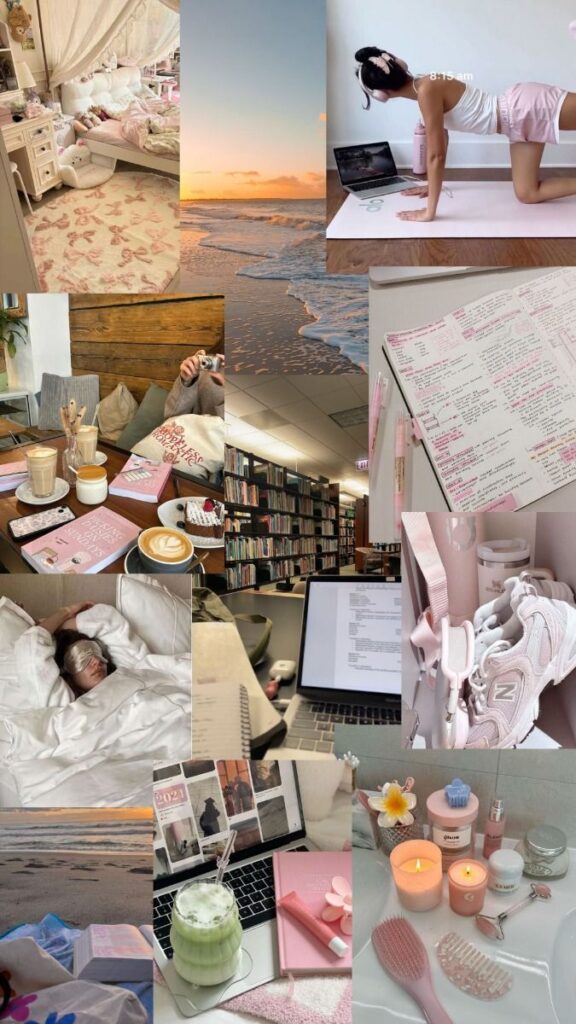
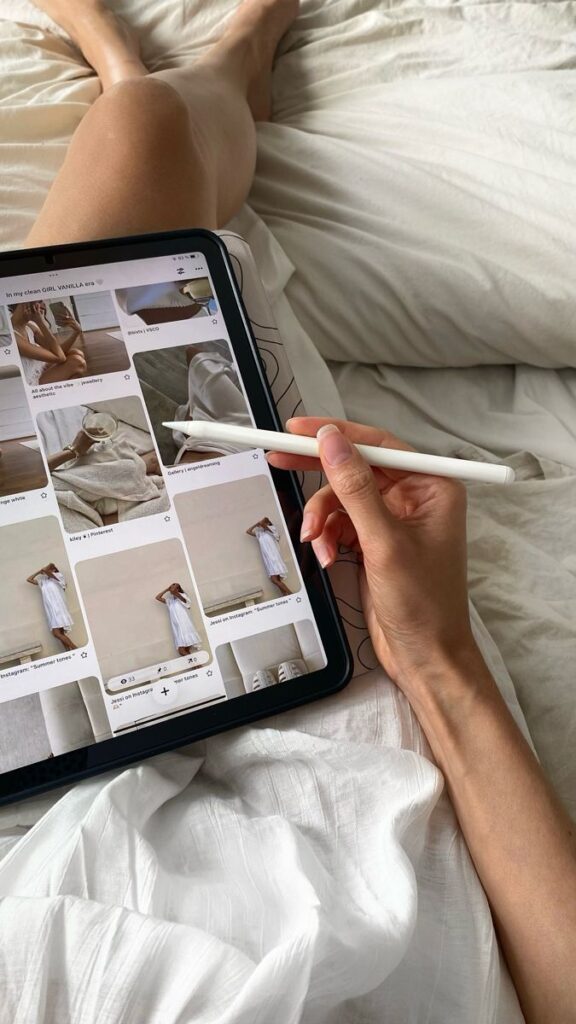
A Pinterest aesthetic board is like a digital scrapbook. It gathers images that share a similar look or feel. People use these boards to express personal style, interests, or inspiration through pictures.
These boards are not random collections. Instead, the images work together to create a mood or tell a story. For example, a minimalist board will have clean, simple graphics and soft colors.
They act as a tool for planning, inspiration, or just sharing style ideas with others. The goal is to create a pleasing, consistent visual experience.
Popular Types of Aesthetic Boards
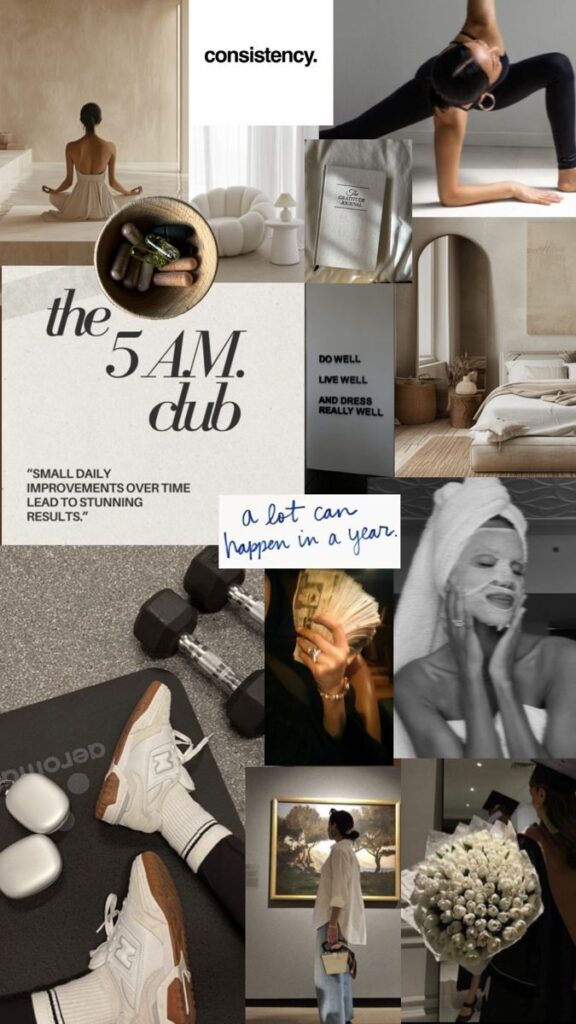
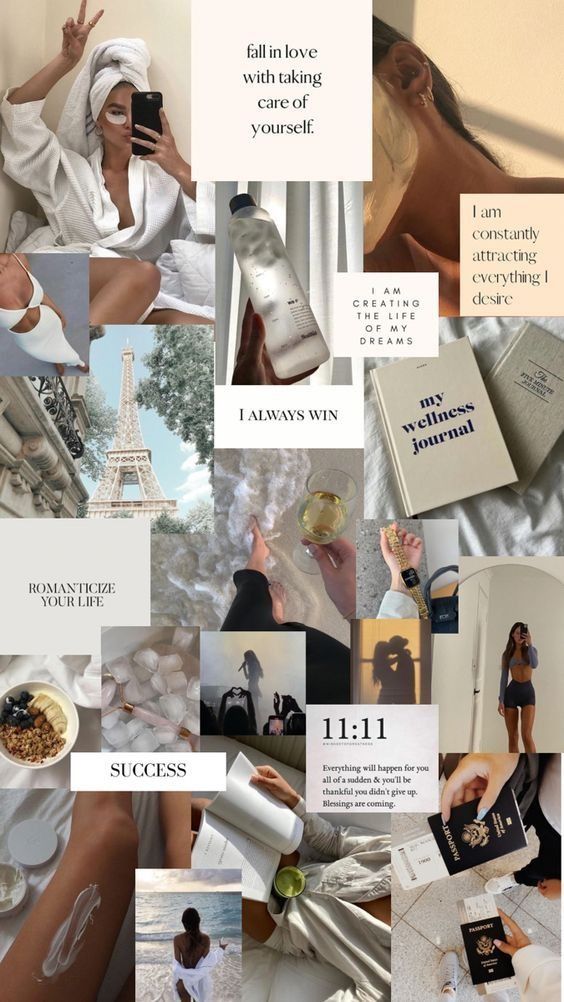
Some common types of aesthetic boards include:
- Minimalist: Simple design and muted colors.
- Pastel: Soft, light colors that feel calming.
- Dark Academia: Vintage, scholarly, and moody vibes.
- Boho: Earthy tones and free-spirited elements.
- Mood Boards: Collections that express a feeling or concept.
Each board type focuses on specific colors, textures, or themes. People often choose their board style based on what inspires them or matches their moods.
Benefits of Curating Aesthetic Boards
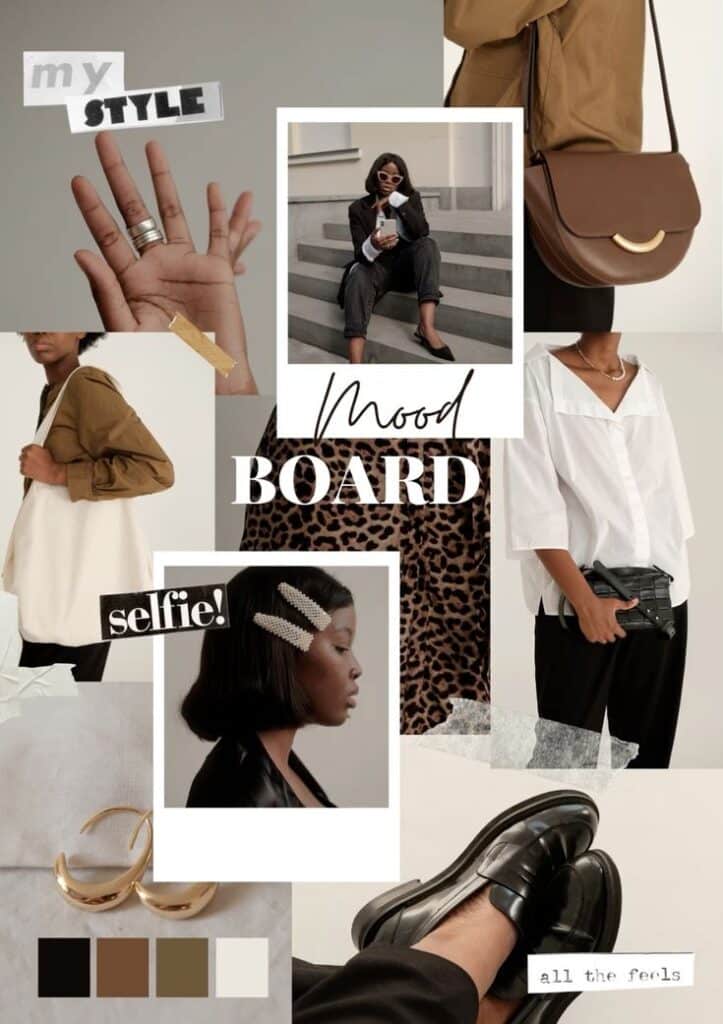
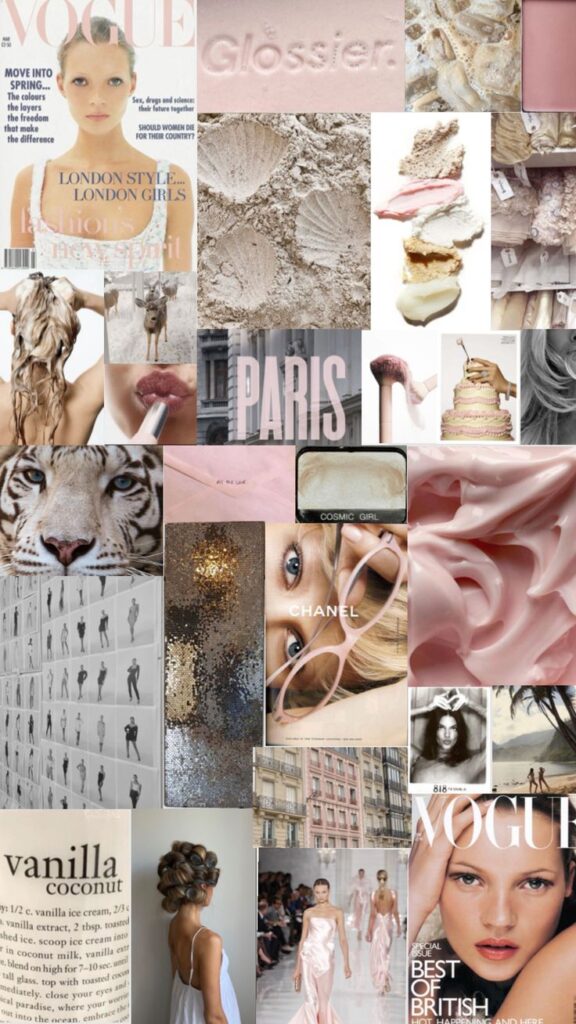
Curating aesthetic boards helps people organize ideas clearly. It can guide style choices for fashion, home decor, or projects.
These boards also spark creativity by showing new color combinations or designs. They help users stay motivated and focused on their goals.
Plus, sharing aesthetic boards connects people with similar tastes. This builds communities and inspires collaborations. Overall, it makes browsing Pinterest more enjoyable and useful.
How to Create a Pinterest Aesthetic Board
Creating an aesthetic board means picking a clear look, finding pins that fit the style, and arranging them to make the board easy and nice to view. These steps help bring a personal touch and keep the board focused on one cohesive idea.
Choosing a Theme
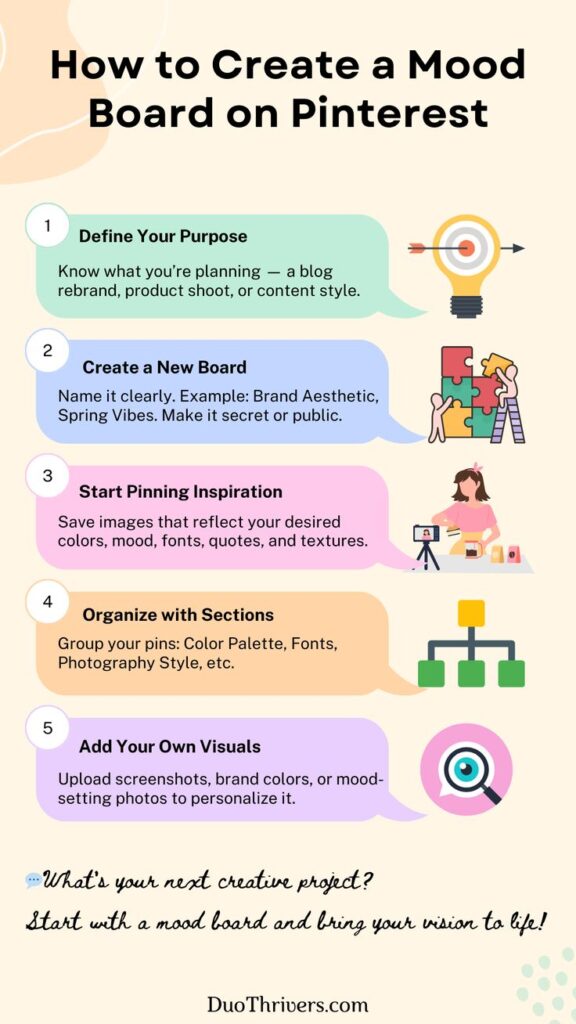
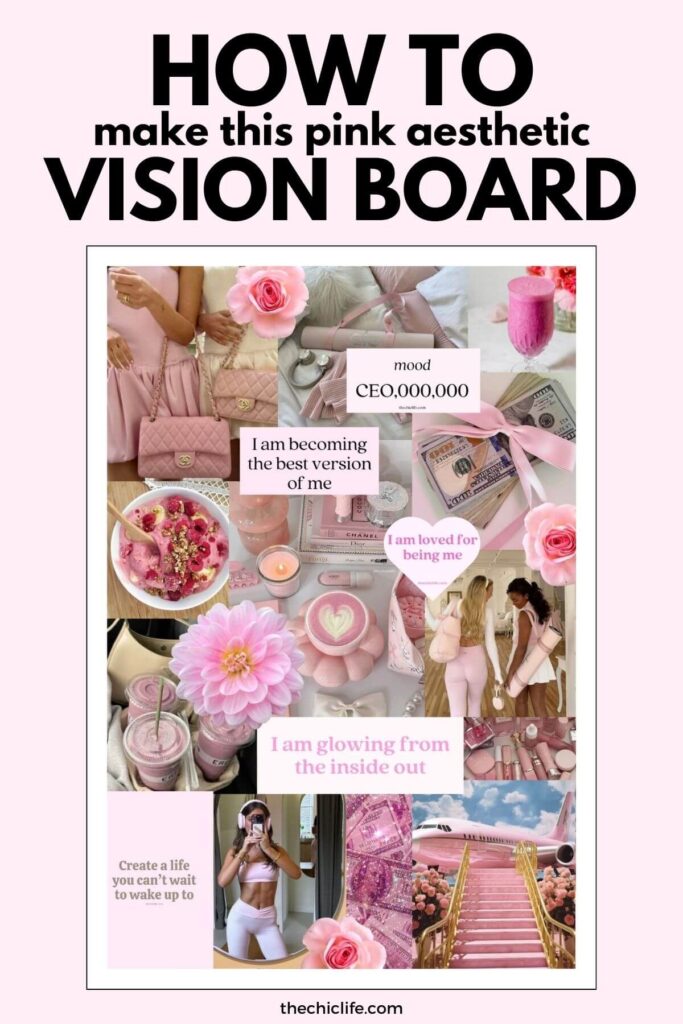
The first step is to pick a clear theme or style for the board. It could be anything like minimalism, vintage, cozy home decor, or travel photography. The theme guides what pins should be saved.
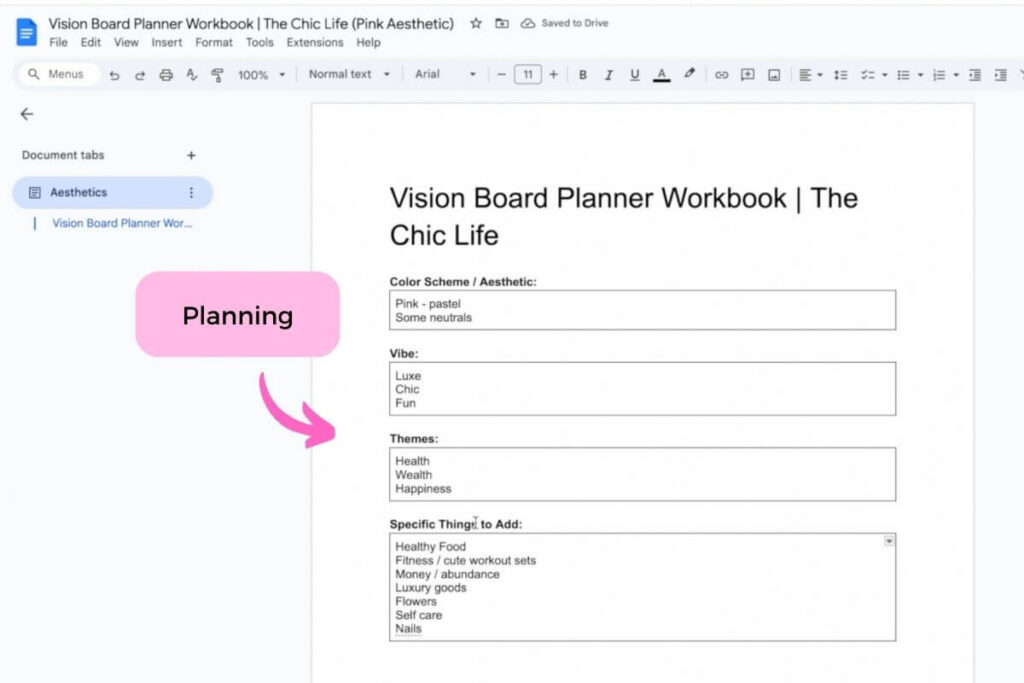
A good theme is specific enough to keep the board consistent but broad enough to have many pins. For example, instead of “fashion,” try “boho summer outfits.” This helps the board look unified and gives it a strong aesthetic identity.
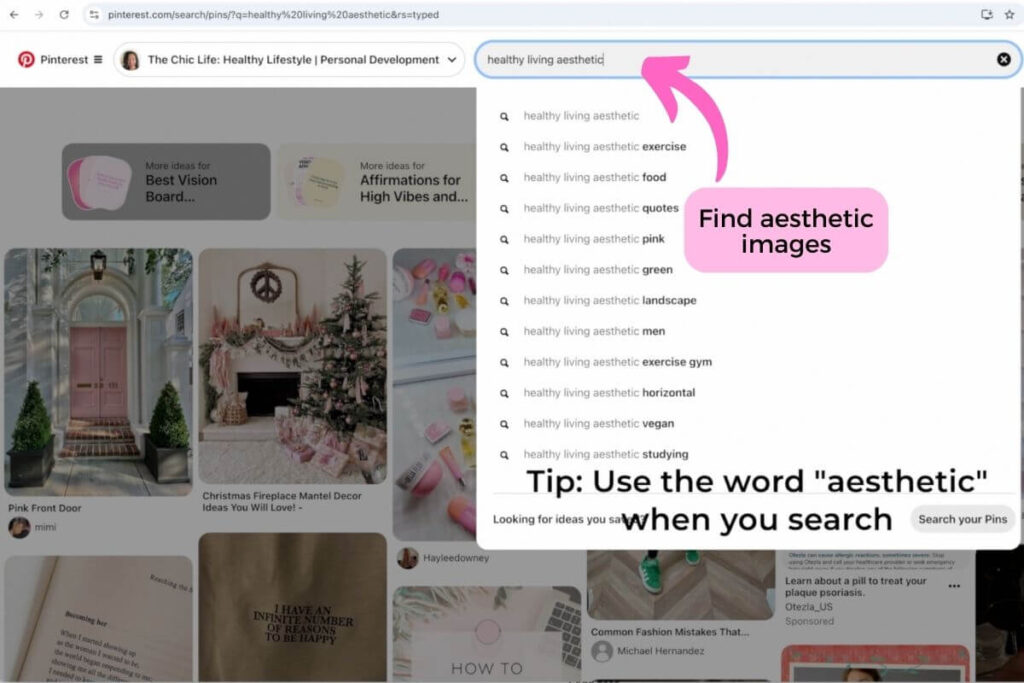
Selecting Eye-Catching Pins
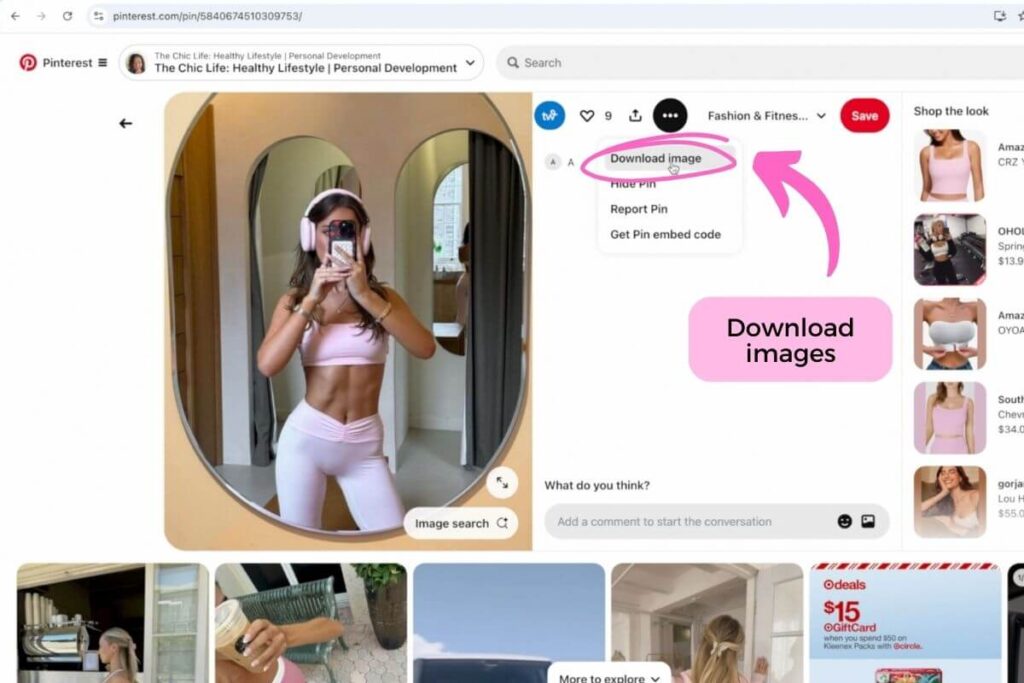
Pins should match the theme and be visually appealing. Bright, clear images with good lighting work best. Pins that use similar colors or tones help the board look balanced.
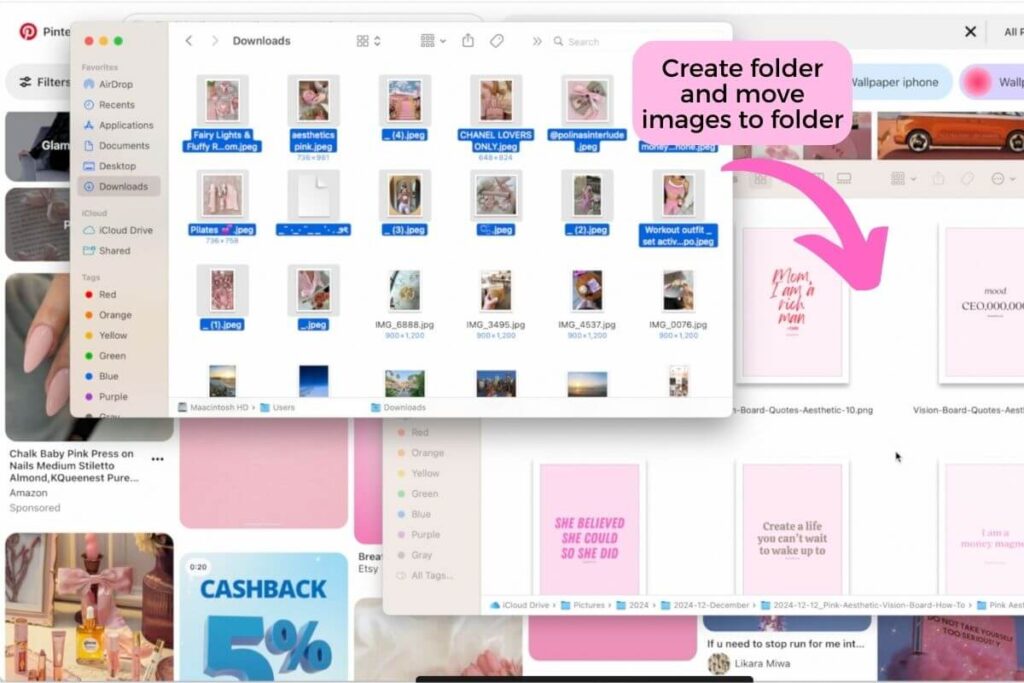
Look for pins with a simple style and clean backgrounds.
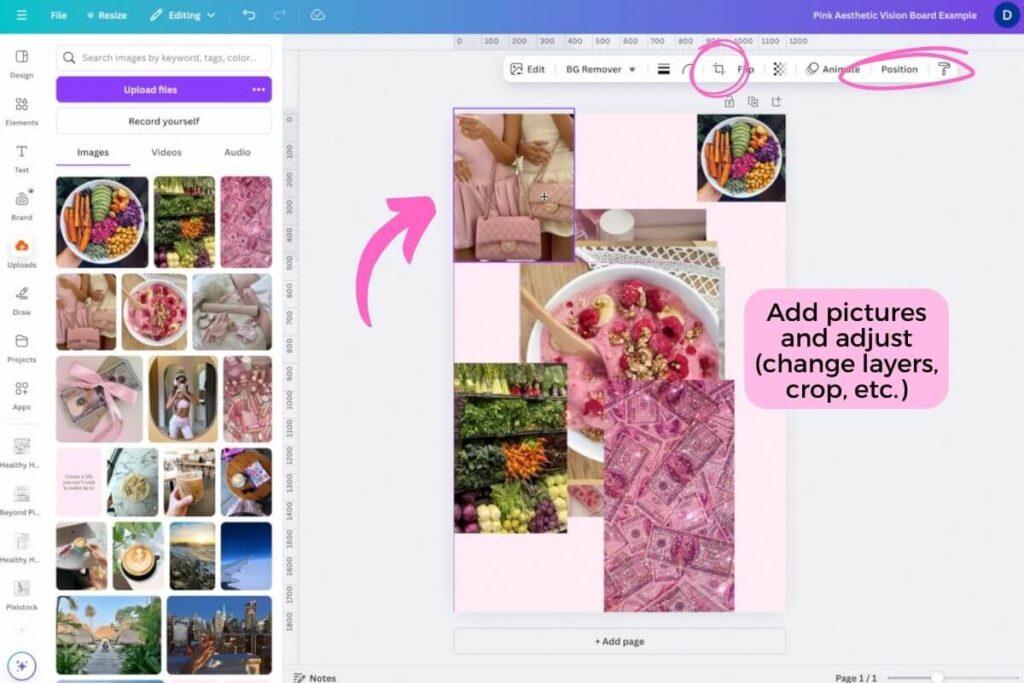
Avoid cluttered images that distract from the overall feel. It helps to pick pins that tell a small visual story together or share a mood.
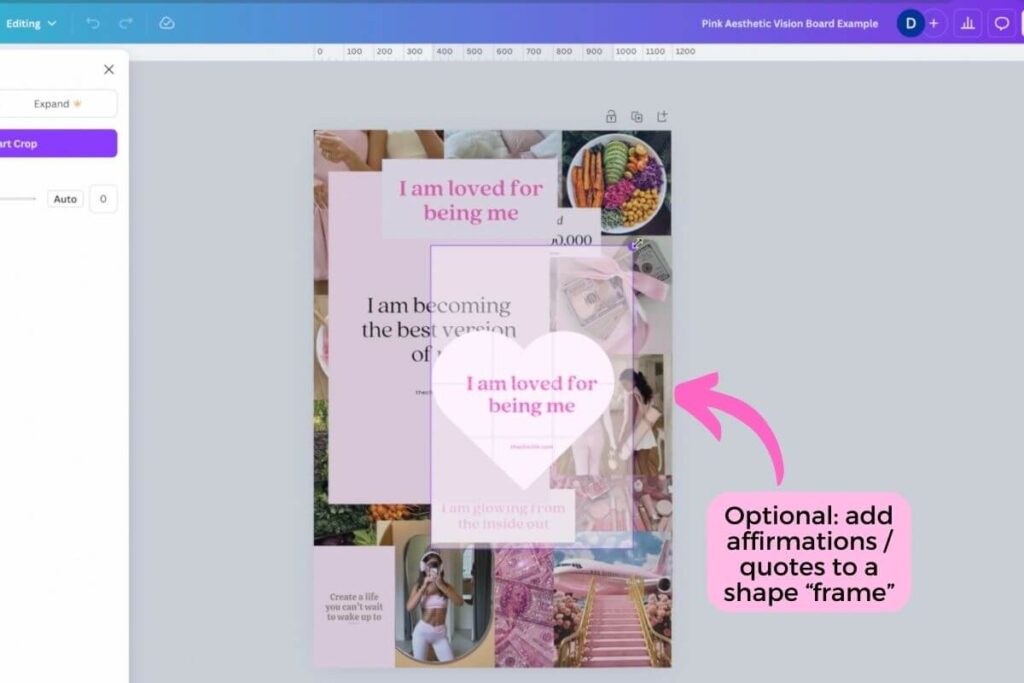
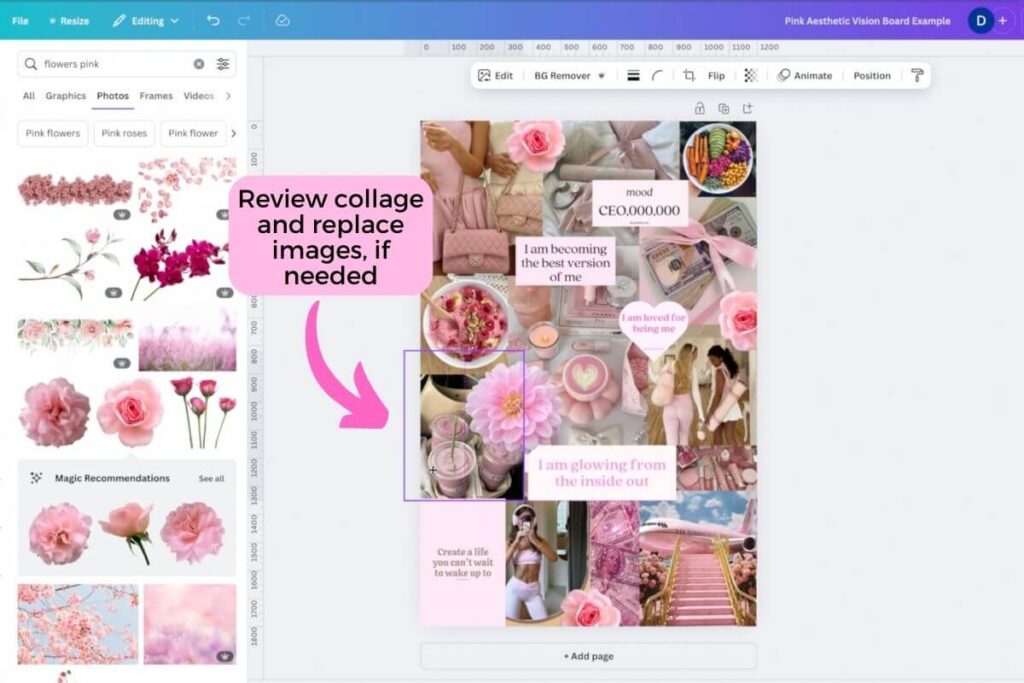
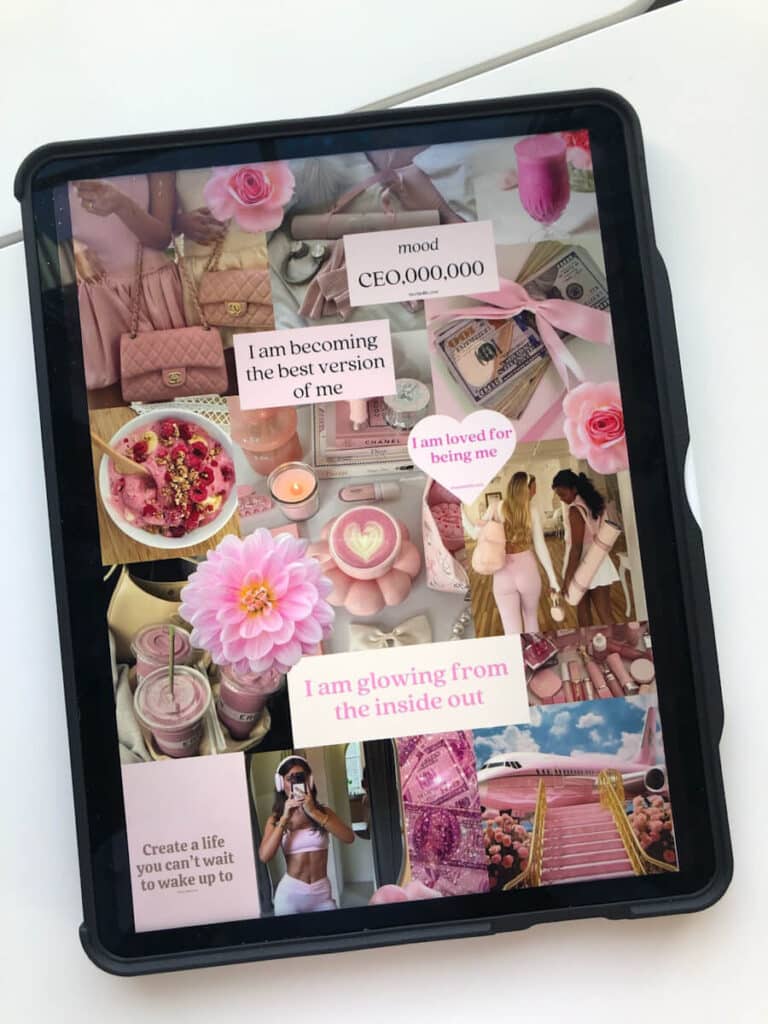
Organizing Pins for Visual Appeal
Organizing pins neatly makes the board more inviting. Start by placing pins with similar colors or subjects close to each other. Grouping pins by pattern or size can also create a balanced layout.
Some users customize their board cover images. This cover gives the viewer an instant idea of the board’s style. Keeping empty spaces even and not overcrowding the board keeps it easy to browse.
Design Tips for Stunning Boards
Creating a standout Pinterest board means thinking carefully about how colors, fonts, and images all work together. Each part should catch the eye and create a clear, enjoyable look that fits the board’s theme.
Using Color Palettes
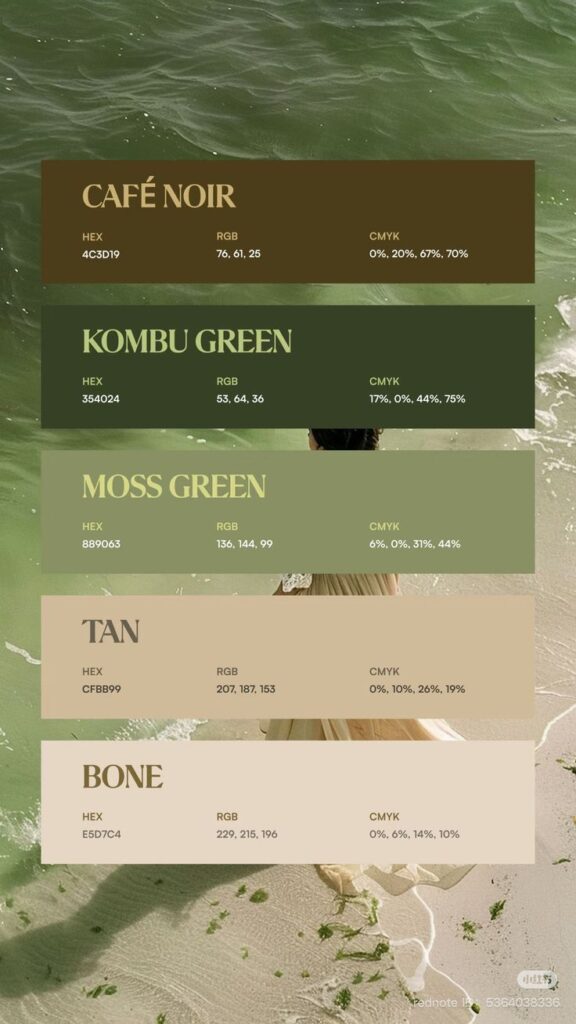
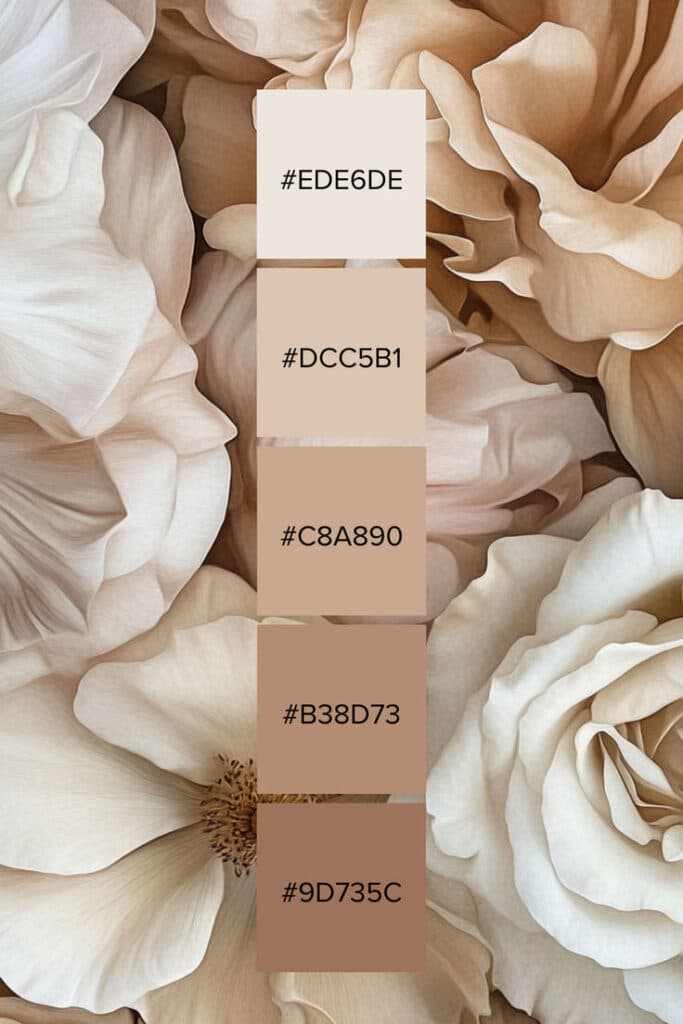
Choosing the right colors is key to a beautiful board. Sticking to 3-5 main colors keeps things simple and balanced. Using complementary or analogous colors helps everything feel connected and pleasant to look at.
Soft pastels are great for calm and soothing themes, while bold, bright colors add energy and fun. Using the same palette throughout the board makes it feel polished and intentional.
It helps to pick colors that match the mood of your board’s topic. For example, earthy tones work well for nature or home decor boards. Using consistent color tones will keep pins from clashing and draw viewers in.
Incorporating Typography
Typography can make a Pinterest board feel extra stylish when you add text to pins or board covers. Using 1-2 fonts keeps the style clean and easy to read. Mixing a bold font with a simple, clean font creates good contrast.
Fonts that match the board’s personality are best. For example:
- Elegant serif fonts work well for fashion or wedding boards.
- Modern sans-serif fonts suit minimalist or tech boards.
Avoid using too many different fonts since that can look messy. Make sure text size is easy to read on small screens. Keeping typography subtle helps images stay the focus while still adding personality.
Balancing Visual Elements
A Pinterest board should feel organized but not too crowded. Using a mix of image sizes creates interest without overwhelming the eye. Larger photos can highlight key ideas, while smaller images support the theme.
It’s important to balance busy and simple visuals to avoid clutter. White space, or empty space around pins, helps each element stand out. Aligning images in a grid or pattern keeps the board neat and appealing.
The shapes and styles of images matter too. Mixing photos, illustrations, and graphics can add variety if they share a similar color tone or style. This balance makes the board easy to explore and visually exciting.
Inspiration: Trending Pinterest Aesthetic Boards
Pinterest users often turn to popular styles for fresh ideas. These include looks that fit different seasons, simple and clean designs, and bold, colorful approaches. Each style offers unique ways to express creativity and mood.
Seasonal Aesthetics
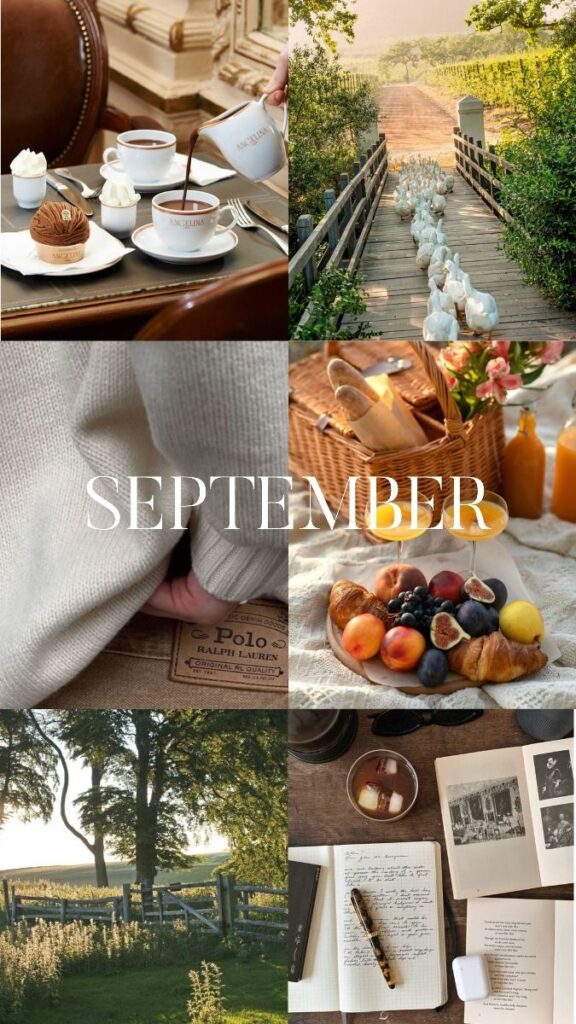
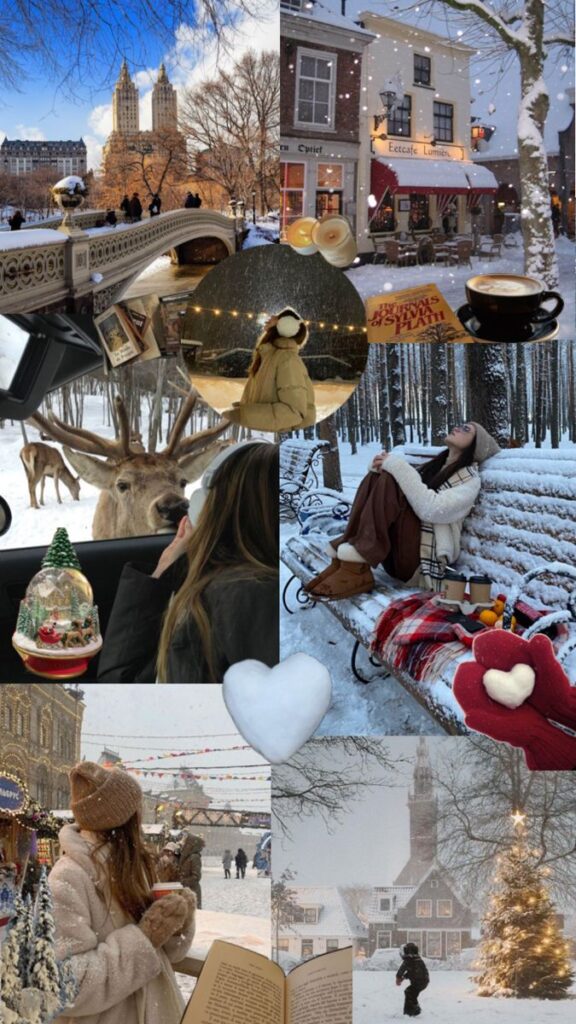
Seasonal boards reflect the colors and feelings of specific times of the year. For example, autumn boards often use warm shades like orange, brown, and red. They show cozy themes like pumpkins, leaves, and soft lighting.
Spring boards highlight fresh flowers, pastel colors, and light fabrics. Summer reflects bright sunsets, beach scenes, and vibrant blues or yellows. Winter themes focus on cool tones, snow, and holiday decorations.
These boards help people match their mood to nature’s cycle. They often include photos, quotes, and textures that bring out the season’s atmosphere. Seasonal inspiration is great for home decor or personal style updates.
Minimalist Designs
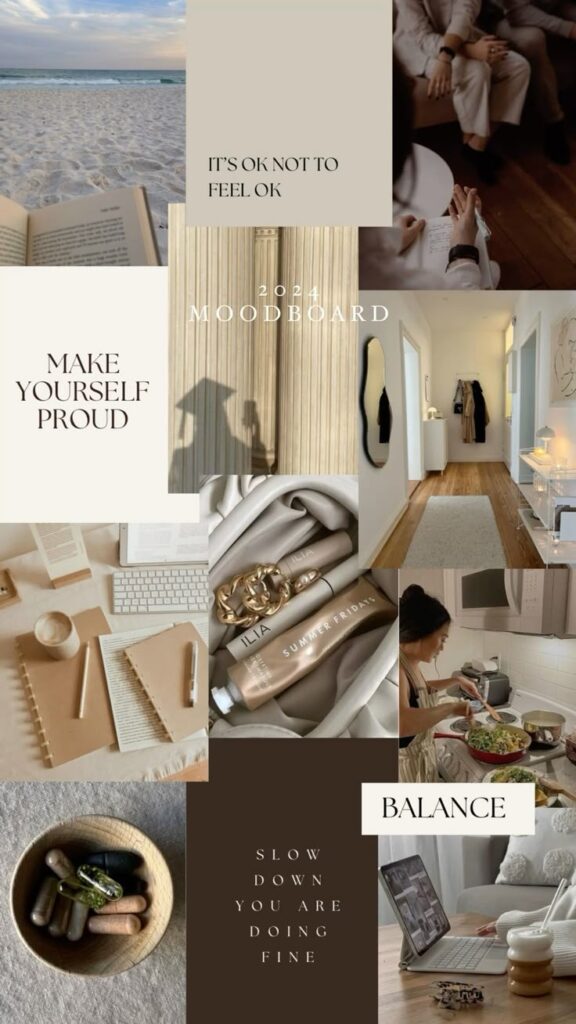
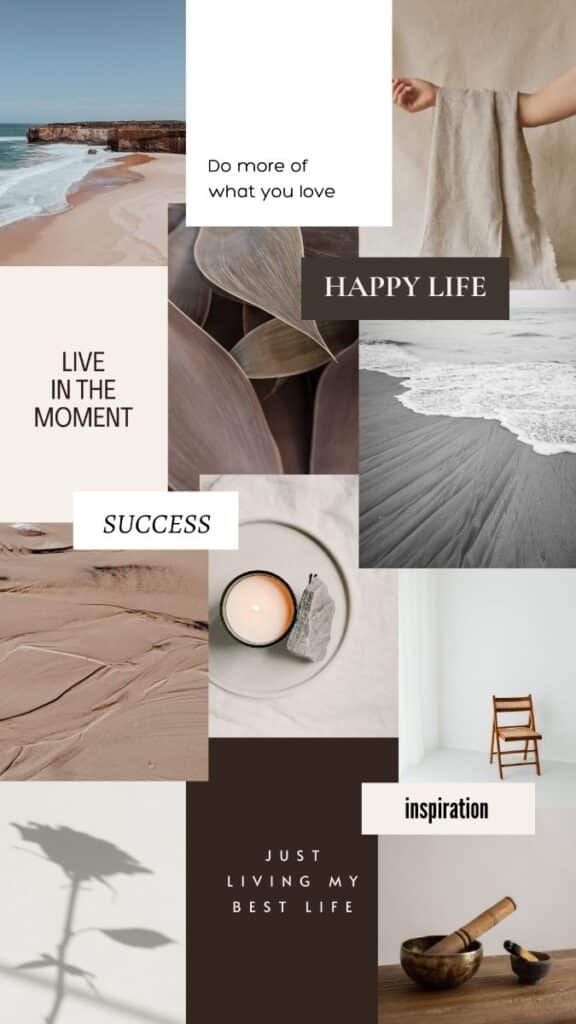
Minimalist Pinterest boards focus on simplicity and calm. They use few colors, mostly neutral shades like white, gray, and beige. Layouts are clean, with lots of open space and few details.
These boards highlight essentials, avoiding clutter and extra items. Common themes include simple furniture, neat rooms, and clean typography. Minimalist boards also favor natural elements such as wood and plants.
People use these boards to find focus and peace in their spaces. They can inspire decluttering, better organization, and a more thoughtful approach to shopping or decorating.
Vibrant & Maximalist Styles
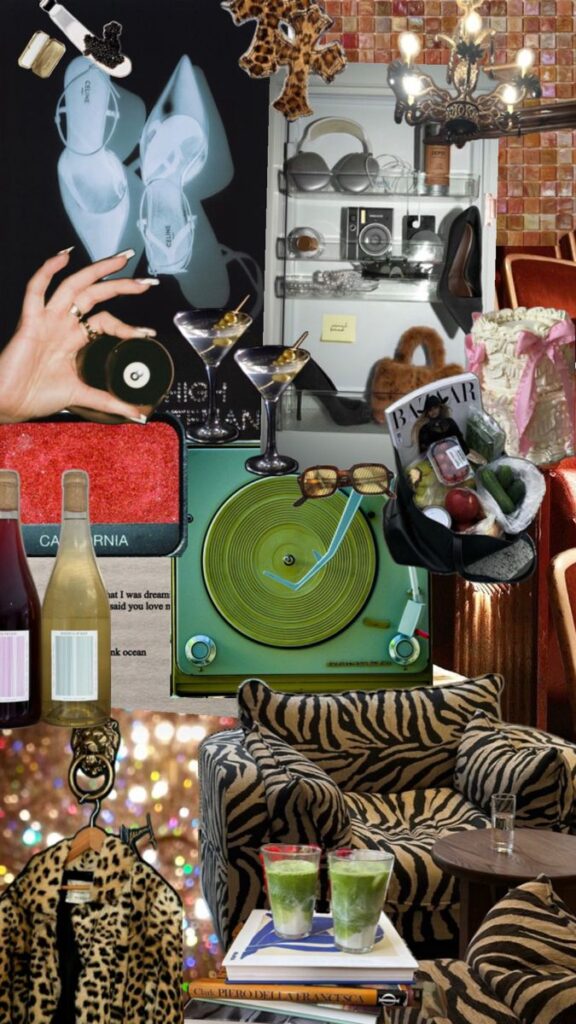
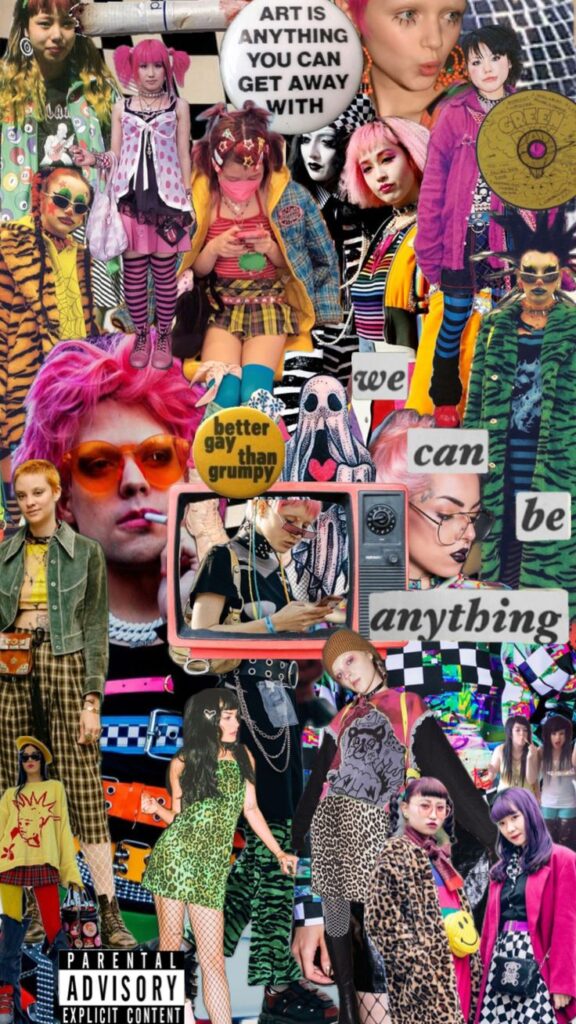
Vibrant and maximalist boards are full of bold colors and layered designs. They mix patterns, textures, and lively images to create a sense of energy and fun. These boards often use jewel tones, bright neons, and rich contrasts.
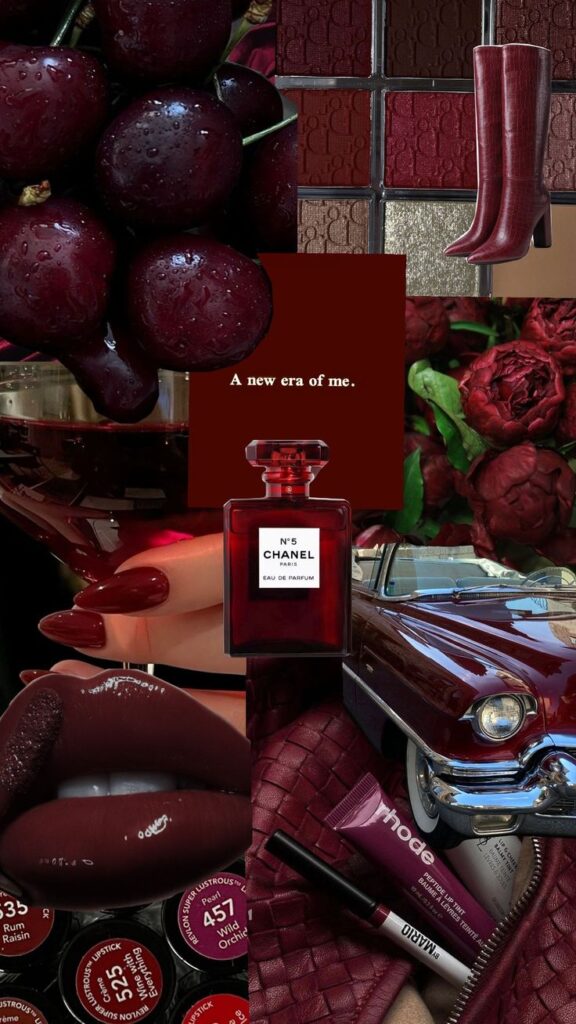
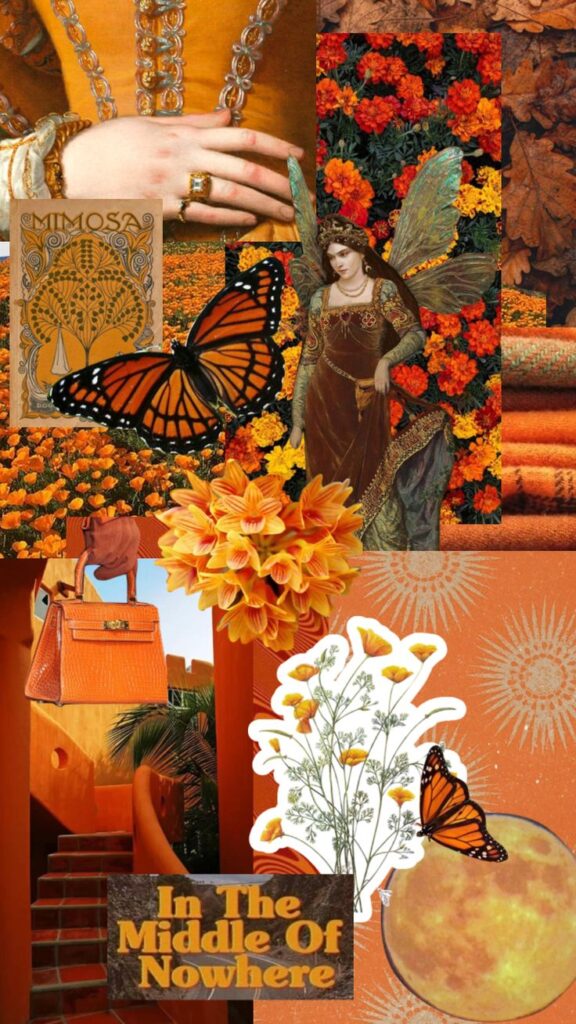
Maximalist style includes collections of art, vintage finds, and diverse elements all in one place. These boards inspire people to create walls full of color or outfits with lots of personality.
This style fits users who enjoy expressing themselves freely. It can be a source of ideas for parties, creative spaces, or fashion statements that stand out from the crowd.
| Style | Colors Used | Common Themes | Purpose |
|---|---|---|---|
| Seasonal Aesthetics | Warm and cool tones | Nature, holidays, mood changes | Capture time of year |
| Minimalist Designs | Neutrals and simple | Clean spaces, minimal decor | Create calm and order |
| Vibrant & Maximalist | Bold, bright colors | Patterns, layered objects | Show creativity and energy |
Sharing and Growing Your Aesthetic Boards
Sharing aesthetic boards effectively means making them easy to find, working with others, and spreading them beyond Pinterest. Each step helps increase visibility and attract more followers who enjoy the same style.
Optimizing Board Descriptions
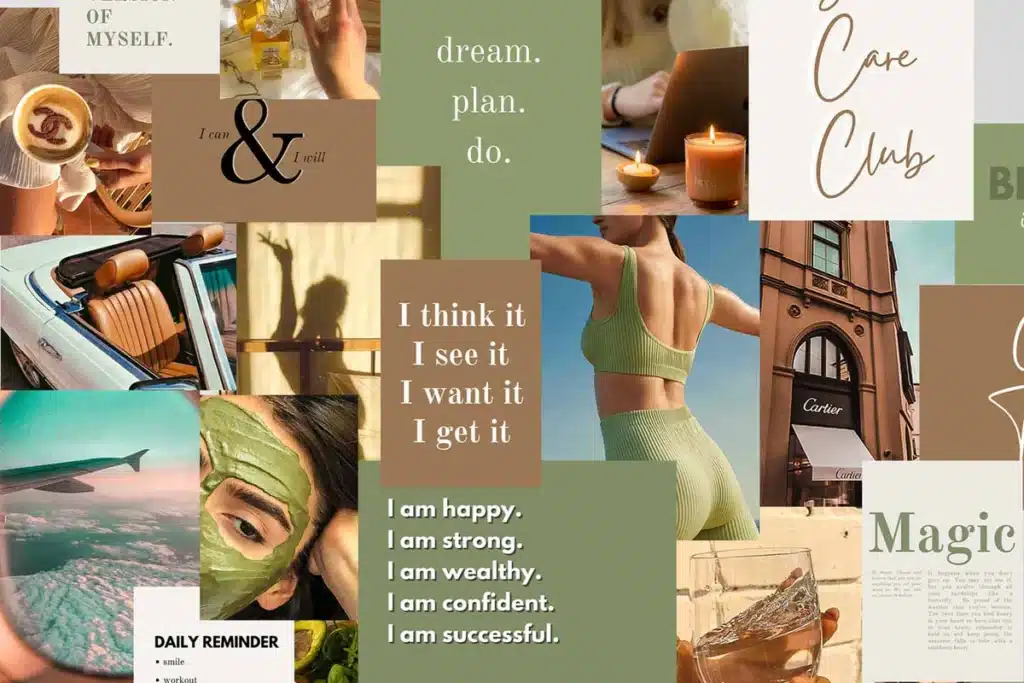
A clear and detailed board description improves how easily others can find a board. It should include specific keywords that match the board’s theme, such as colors, styles, or topics. For example, instead of saying “Home Decor,” a description like “Minimalist Scandinavian home decor ideas with neutral tones and cozy accents” helps target the right audience.
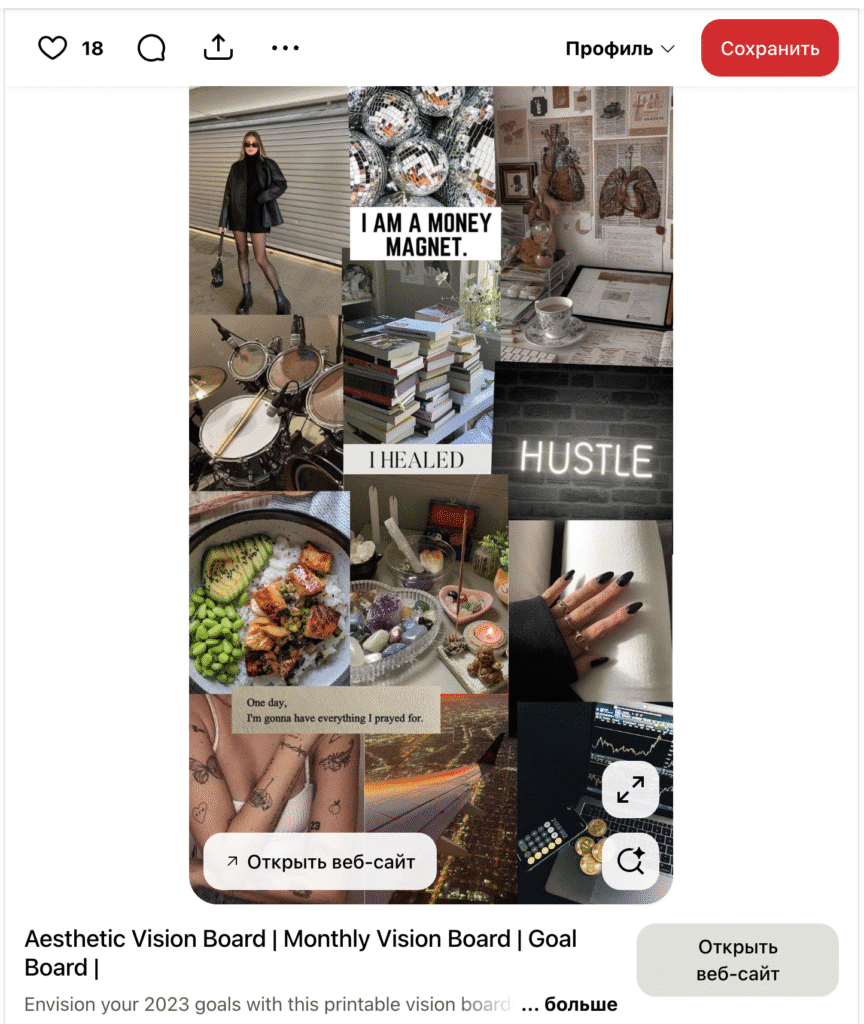
Descriptions should also explain what users can expect from the pins. This clarity invites people to follow the board because they know what kind of content they will see.
Collaborating With Others
Working with others on a board can bring fresh ideas and increase reach. When multiple people add pins, the board grows faster and includes more diverse content. Collaborators can invite their own followers to check out the board, which helps increase its audience.
Choosing collaborators who share similar styles or goals keeps the board consistent. It also helps maintain the board’s aesthetic and quality, which is important for attracting and keeping followers.
Promoting on Social Media

Sharing boards on social media platforms like Instagram, Facebook, or Twitter can drive more traffic to Pinterest. Posting sneak peeks of your favorite pins or board covers creates interest and engagement outside Pinterest.
Using hashtags related to the board’s topic helps target the right people. Adding direct links to the Pinterest board in social posts makes it easy for people to visit and follow it. Regularly updating and promoting boards keeps them active and visible.
- 389shares
- Facebook0
- Pinterest389
- Twitter0
- Reddit0


